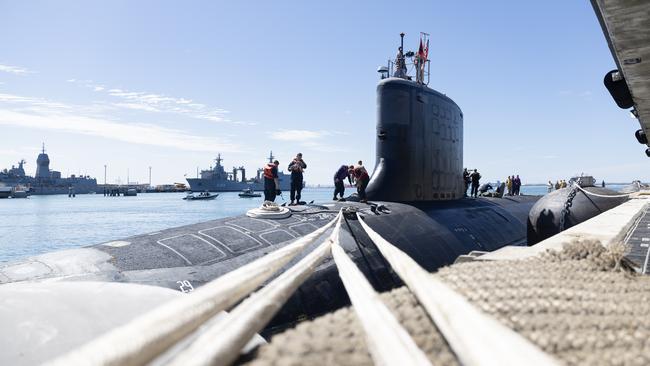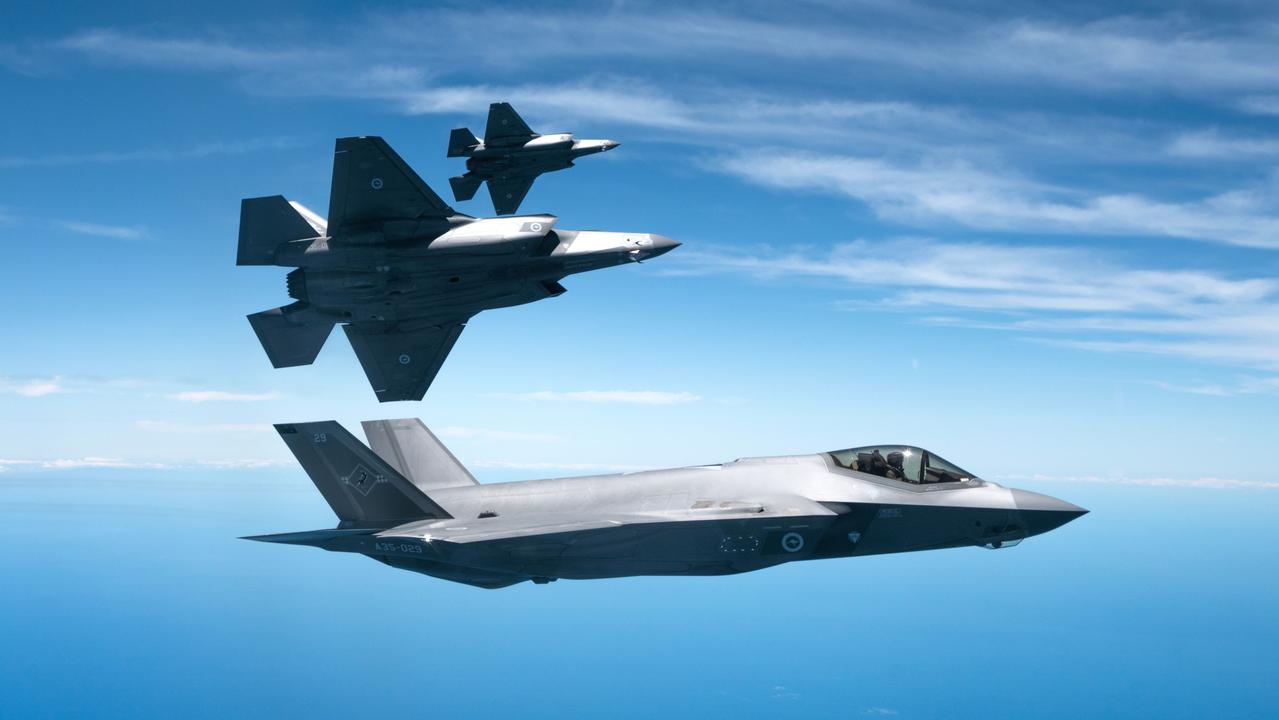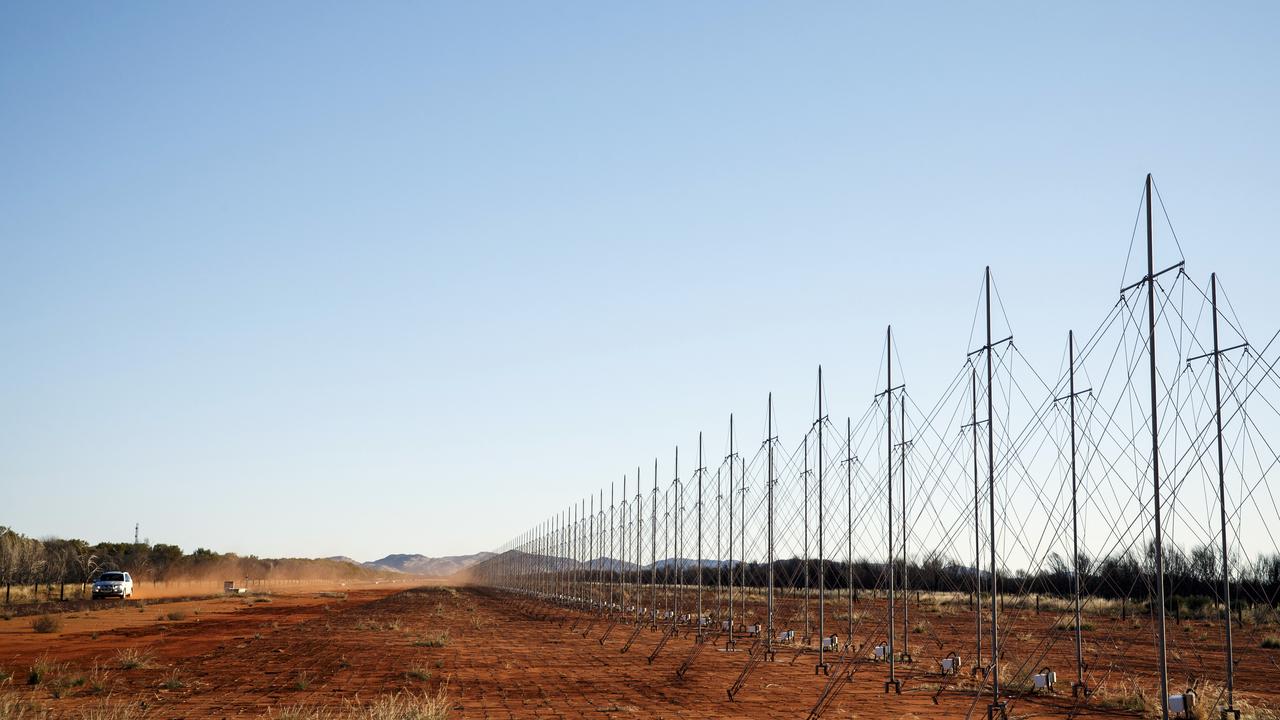AUKUS and inflation sucking the life out of Defence
Understanding the financial impact of buying nuclear-powered submarines on other Australian Defence Force capabilities is not easy to calculate – a situation made worse by the obscure nature of Defence accounting.

Understanding the financial impact of buying nuclear-powered submarines on other Australian Defence Force capabilities is not easy to calculate – a situation made worse by the obscure nature of Defence accounting. At it’s simplest, this financial year AUKUS Pillar One should have cost the Australian taxpayer $2.8bn – that’s $2.8bn that could have been spent on other things, such as additional F-35s – but Defence will fall $500m short of the target.
Since September 20, 2021, when AUKUS was announced, numerous programs have been cut across all three services – and joint capabilities have also been affected. The ball started rolling with the Defence Strategic Review (DSR), which found about $15bn-$20bn of savings by reducing the number of the army’s 155mm Huntsman Self-Propelled Howitzers from 30 to 15 and Redback Infantry Fighting Vehicle (IVF) from 450 to 129.
They were the headlines at the time, but the RAAF has also suffered with F-35s now being limited to 72 jets rather than the 100 previously planned. In addition, the major integrated air and missile defence project, AIR 6500, has been heavily curtailed, bizarrely removing surface-to-air missiles from the requirement because according to Defence the technology is not yet mature. On the quiet, the project to replace the ageing Hawk jet trainer aircraft with a new generation of Lead-in Fighters has been shelved.
The RAN has seen the number of Hunter-class frigates cut from nine to six – and program costs keep escalating. To keep ships at sea for lengthy periods of time – for example, to shadow a Chinese flotilla in our region – requires a resupply capability, but project SEA 2200 to acquire two new logistic support ships has been chopped. Meanwhile, the two existing replenishment ships HMAS Supply (II) and HMAS Stalwart have been tied up alongside each other for more than a year with major repair issues.
The Arafura-class Offshore Patrol Vessel (OPV) project has effectively been terminated with only six out of an aspirational 20 ships being delivered – another case of RAN mismanagement, stripping the weapons from the original design, then complaining that they lack firepower. SEA 1905 – a major mine countermeasures project with high levels of local content – has been scrapped, depriving the nation of a strategically vital capability.
The surface fleet was being provided a rotary wing uninhabited aerial system capability via the Schiebel S-100 Camcopter; that project was abruptly terminated without explanation in September 2023. This is despite the technology being used by two dozen operators, including the US Navy. Military strategists agree that uncrewed systems are the way to go, except for those employed by the RAN.
The surprise cancellation late last year of JP 9102, an independent Australian military communications satellite project worth at least $5bn, sent shockwaves through local industry. To rub salt into the wounds, prime contractor Lockheed Martin Australia and its dozen local suppliers had not received a cent of Defence funding since being selected a year previously because they had not yet signed a contract. All had started work in good faith, and all are now significantly out of pocket.
These cancelled projects – or in some cases deferred to an unspecified point, possibly in a future century – cannot all be blamed on AUKUS Pillar One because the rate of inflation has also had a corrosive effect on the Defence budget. The government stubbornly refuses to admit to the reality that despite all its chest-beating about increasing funding, it has not fully compensated for post-Covid cost growth.
Getting back to the AUKUS number for this financial year, that $2.8bn includes the $800m gifted to US Defence Secretary Pete Hegseth on February 5 by Defence Minister Richard Marles. The lump of no-strings-attached cash – without a refund clause – goes entirely to US submarine-building companies.
This looks to be a case of throwing good money after bad. Asked about the reliability of the US as an ally in the light of the erratic behaviour of the Trump administration, Marles can only repeat that the deal has bipartisan support in congress. This overlooks the rather obvious fact that Ukraine used to enjoy a similar level of bipartisan support, until it didn’t.
Then taking into account the underspend, that leaves $1.5bn for the year, most of which has been spent on earthworks and construction at the HMAS Stirling submarine base in Western Australia. This is out of an allocated total of $7bn for radiation-proof concrete pouring and road-building to support the basing of US Virginia-class SSNs from 2027.
That’s great for Australia’s construction sector but does absolutely nothing for local defence industry.


